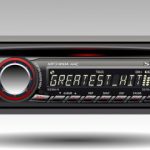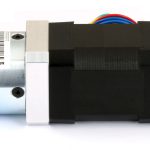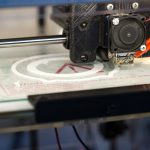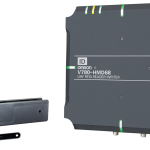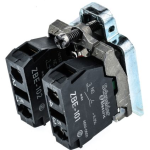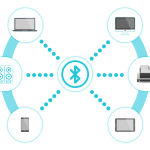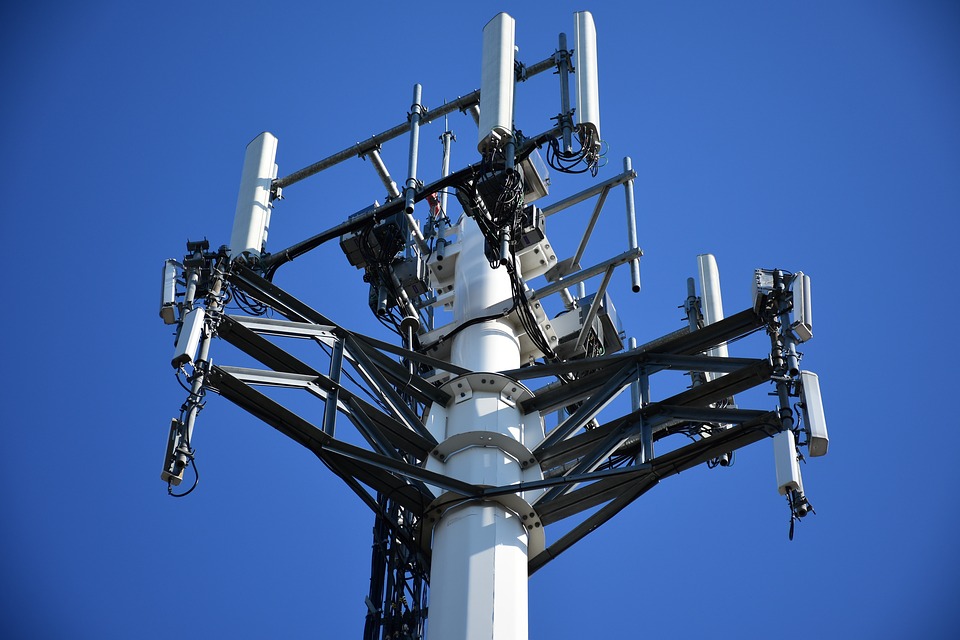
Low power technologies
Developments of low power technologies have been driven largely by IoT connectivity. The end products of these technologies range from smartphones, fitness wearables to smart meters. All these products have design constraints chief of which is ultra-low power consumption. The other constraints include cost and physical size. Discussed below are the fundamentals and operating attributes which include;
- Frequency bands
- Network topology
- Throughput
- Range
- Coexistence
Bluetooth Low Energy (BLE)
Blue Tooth Low Energy was launched by SIG in 2010. It was primarily introduced as ultra-low power as Bluetooth version 4.0. BLE extended the use of Bluetooth to applications that have small battery capacities like for instance wearables. BLE features microamp average current in applications.
Bluetooth Low Energy operates in the 2.4 GHz band. This makes it suitable to transmit data from compact wireless sensors or other peripherals. Asynchronous communication can be used such that the devices send low volumes of data infrequently. BLE has a range of 100 meters and a latency of 2.5 ms. It has a data rate of 1 Mbps. It embodies a point to point mesh network topology.
In many application, BLE chip works alongside the Bluetooth chip. This is mostly true for Bluetooth version 4.0. Recent enhancements have enabled the BLE chip to be employed as a standalone device. Bluetooth 5 has also seen the data rate improve to 2Mbps and the range has improved 4 times compared to the previous versions.
Zigbee
Zigbee operates in the 2.4GHz band. It also operates in the 915Hz in the US and Australia, 868 MHz in Europe and 784 MHz in China. It uses the PHY and MAC based on IEEE 8021.15.4. It runs on a protocol provided by Zigbee Alliance. It offers data rates between 20Kbits and 250 Kbits. It has a range of about 100M and latency of 20ms.
ANT
ANT is similar to BLE in the sense that it operates in the 2.4GHz band. It is also designed for coin cell powered sensors that exhibit long battery life (months to years). ANT was launched in 2004 by Garmin, a Canadian firm. Garmin does not manufacture Silicon but instead, it gets its firmware from Nordic and Texas Instruments. It supports numerous technologies including Mesh, Scanning, Peer-to-Peer, Star and scanning topologies. It has a range of 10M. Its latency is very negligible.
Near Field Communication (NFC)
NFC operated in the 13.56 MHz band. Owing to the low frequency, the receiver and the transmitter function as the primary and secondary windings of a transformer Data transfer is through a magnetic field as opposed to the accompanying field. NFC offers data rates of up to 424 Kbits. It offers a range of 10cm. Its range prevents from competing directly with BLE, Zigbee, ANT, Wi-Fi. NFC’s major advantage is that ‘passive’ NFC deiced do not need power since they only become active when they are close to a powered NFC device. The low-power technology is widely used for contactless payment Technologies as it is more secure.







